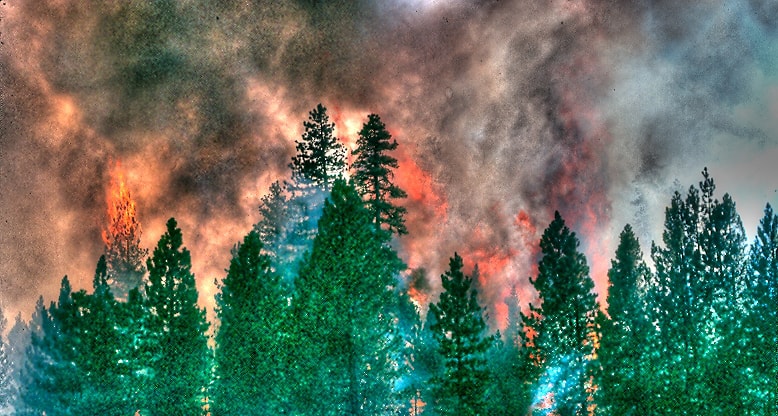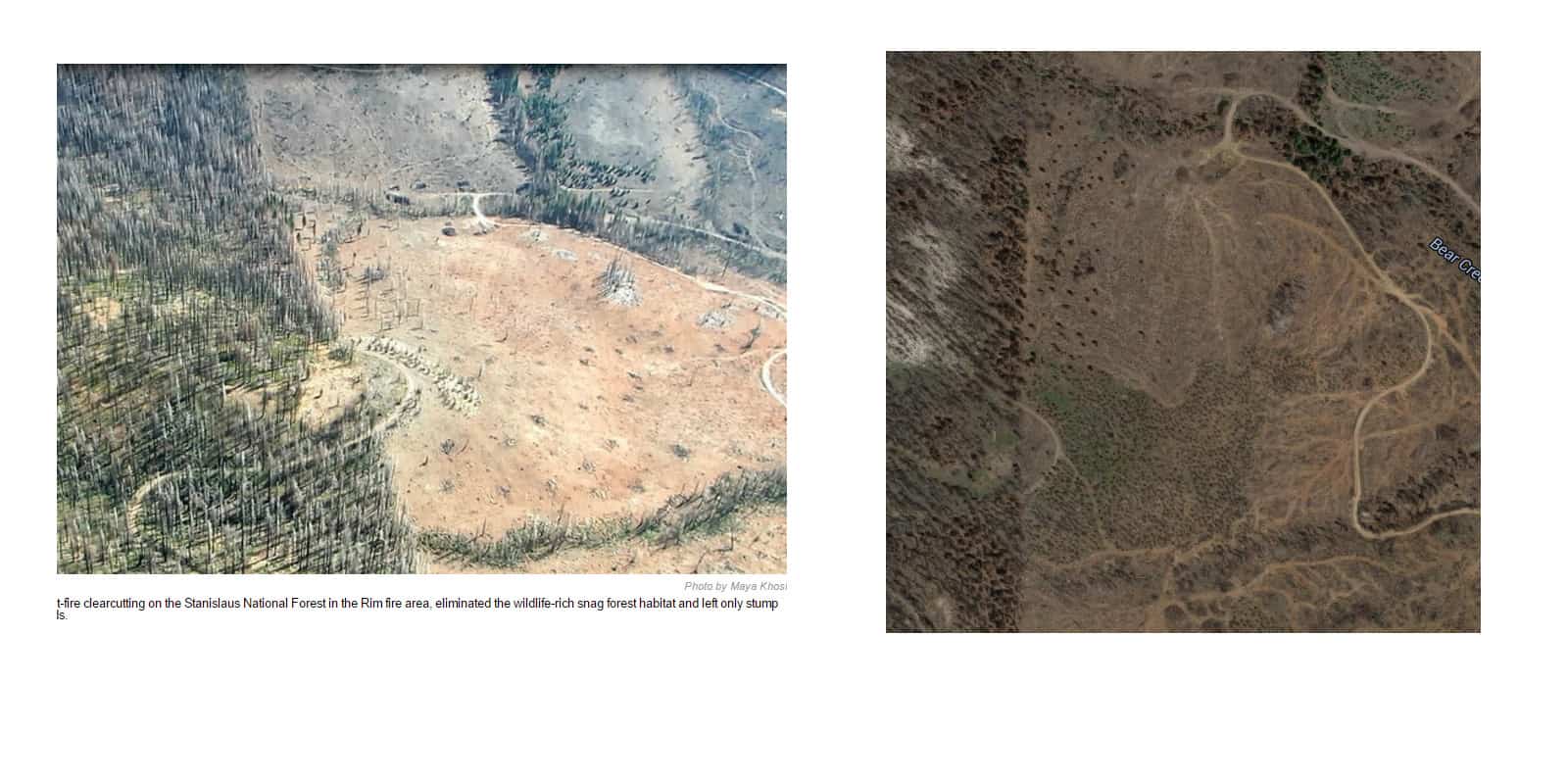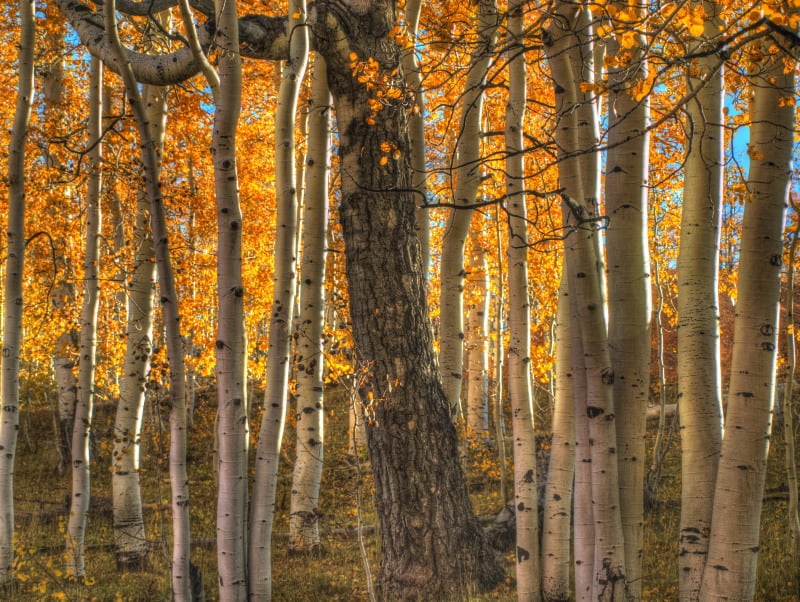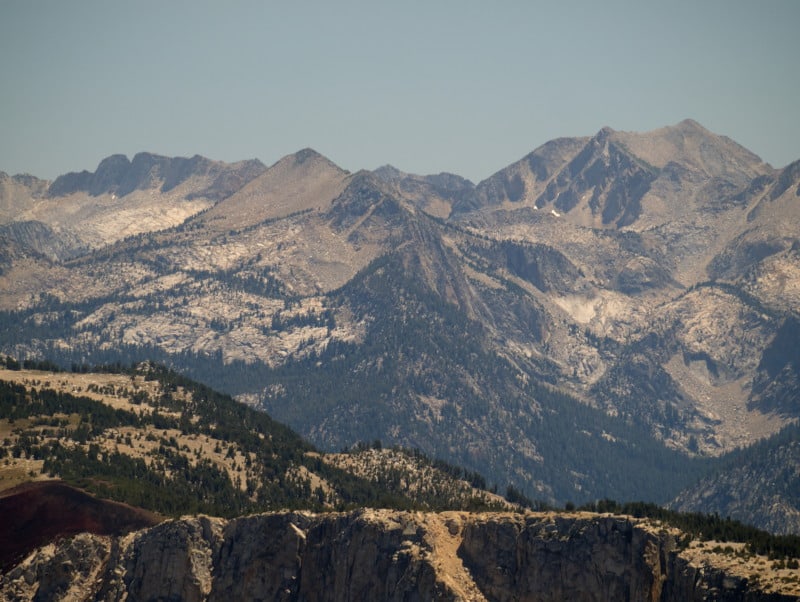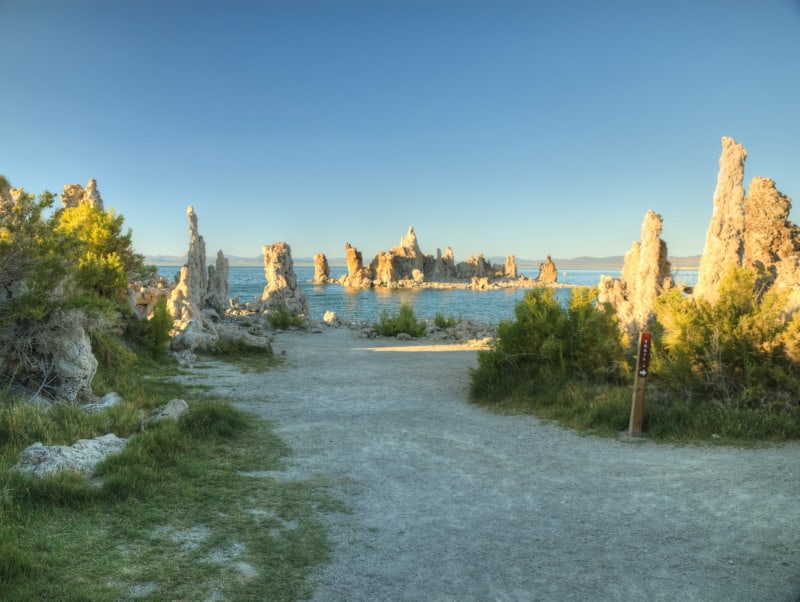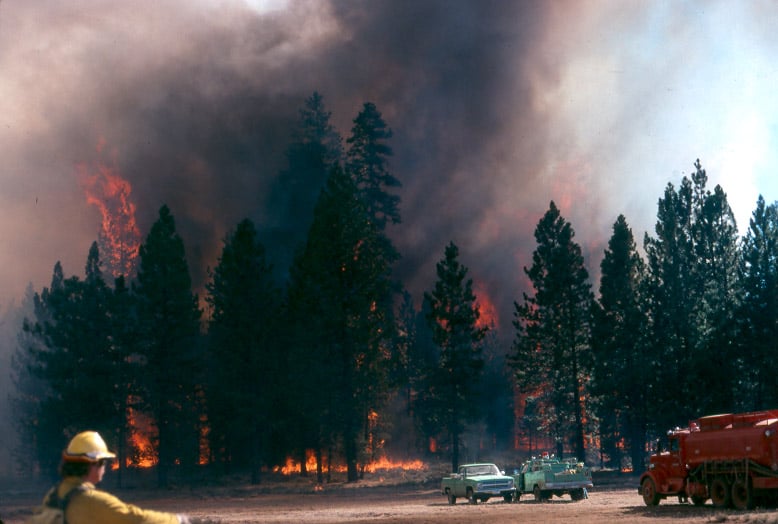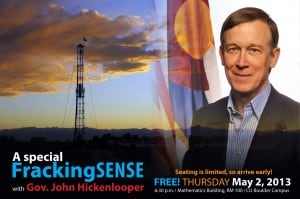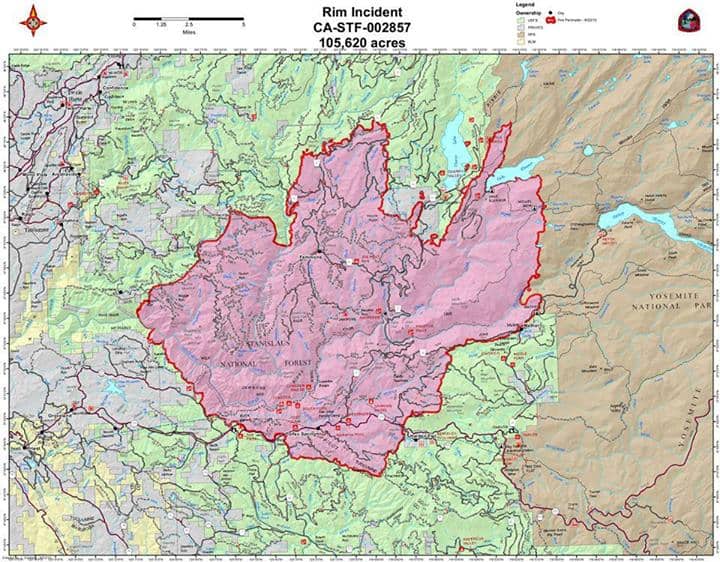How does all of this affect current forest policy?
Here are two worthwhile reads regarding the role of forests in global warming / carbon sequestration. In addition, item “C)” raises and supports the question: ‘if there is no long term correlation between temperatures and CO2 then how can CO2 be the largest factor contributing to Global Warming?’. Everything we do is predicated on that one big “IF” yet, most refuse to acknowledge the lack of a direct correlation.
A) Pacific Northwest forests: Carbon sink or carbon source?
“Active forest management in dry forest ecosystems plays a critical role in reducing fuel loads, conserving functionality and biodiversity, and returning forests to a natural, resilient condition that is capable of responding to wildfire in a more socially desirable and ecologically beneficial way”
IMHO regardless of whatever role CO2 plays, healthy forests require, at a minimum, forest management as needed for the safety of society. The above quote simply illustrates that a “hands off” policy does not fit the needs of all forest ecosystems nor does it fit at all times within the need to maintain a specific forest ecosystem in order to support species dependent on the sustainability of a particular forest ecosystem niche. This in turn leads to the need for landscape level forest planning for all federal forest holdings.
B) Carbon storage in WA state forests is too small and too risky to play a serious role as a climate change mitigation tool
– 1) “the single biggest contributor to climate change is CO2 emissions from fossil fuel combustion. Indeed, global CO2 emissions from fossil fuel emissions in recent years have been roughly ten times higher than emissions from the next largest global source, land use change, including deforestation”
—> See “C” below about the “inconvenient truth” that there is no proven long term relationship between CO2 levels and global temperatures. This does not rule out the possibility that, as yet, undetermined interactions with other variables could have an impact on the role of CO2 in global warming.
– 2) “there are many excellent reasons to support planting trees in WA state … However, mitigating the threat of climate change is not among those reasons, based on the available science.”
– 3) “Thus, the management of forests to accumulate carbon must not delay or dilute the phasing-out fossil fuel use.”
—> agree – but not because of CO2 emissions:
—- a) Health – pollution dictates a reduction in the use of hydrocarbons and an increase in the use of alternative fuels to replace the extraction of below ground hydrocarbons and an increase in the use of sound, sustainable forest management to reduce the risk of Catastrophic fires.
—- b) Geologic ramifications of hydrocarbon extraction and hydraulic pumping include surface subsidence and earthquakes.
C) The Question as to the pertinence of CO2 to Global Warming
We must consider the inconvenient truth that ice cores from Greenland and Vostok, Russia show that over the last ~ 100,000 years, temps have been significantly higher than today by more than 2 degrees centigrade when CO2 was 2/3rds of what it is now. So is CO2 really the cause of global warming?
Greenland Data – Mankind has lived in significantly warmer climates than current temps over the last 11,000 years with CO2 levels at 2/3rds of the present levels (current CO2 levels corroborates their extrapolation of CO2 levels to the present).
Global Mean Temperature Anomaly – 1880 – Present – Note 2000 – 2016 only shows a 0.3 degree centigrade increase versus the Greenland and Vostok Data and corroborates their extrapolations to 2000.
Vostok Data – Mankind has lived in significantly warmer climates than current temps over the last 140,000 years.
So the question is: how does all of this affect current forest policy?
